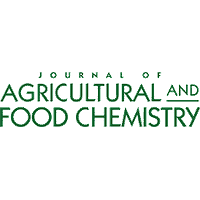The ultrastructure and carotenoid-bearing structures of mamey sapote (Pouteria sapota) chromoplasts were elucidated using light and transmission electron microscopy and compared to carotenoid deposition forms in red bell pepper (Capsicum annuum) and sockeye salmon (Oncorhynchus nerka). Globular-tubular chromoplasts of sapote contained numerous lipid globules and tubules embodying unique provitamin A keto-carotenoids in a lipid-dissolved and presumably liquid-crystalline form, respectively. Bioaccessibility of sapotexanthin and cryptocapsin was compared to that of structurally related keto-carotenoids from red bell pepper and salmon. Capsanthin from bell pepper was the most bioaccessible pigment, followed by sapotexanthin and cryptocapsin esters from mamey sapote. In contrast, astaxanthin from salmon was the least bioaccessible keto-carotenoid. Thermal treatment and fat addition consistently enhanced bioaccessibility, except for astaxanthin from naturally lipid-rich salmon, which remained unaffected. Although the provitamin A keto-carotenoids from sapote were highly bioaccessible, their qualitative and quantitative in vivo bioavailability and their conversion to vitamin A remains to be confirmed.

Deposition Form and Bioaccessibility of Keto-carotenoids from Mamey Sapote (Pouteria sapota), Red Bell Pepper (Capsicum annuum), and Sockeye Salmon (Oncorhynchus nerka) Filet
Review badges
0 pre-pub reviews
0 post-pub reviews


